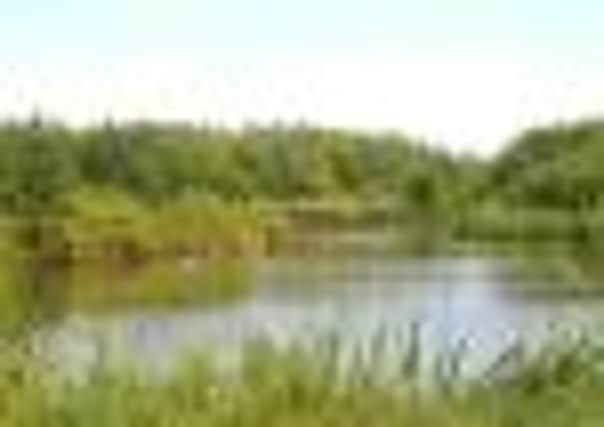Invasion of wildlife boosts prospects for nature reserve


The lake was dug out over four years in the 1990s. Dredgings from a local land drain and native wetland species were added in the following years. Now, surveys have found more than 70 species of invertebrates – including a rare diving beetle, known as the wasp for its black and yellow underside – living there.
The site is one of three in Hull in the first year of a £180,000 project designed to involve the community more in the city’s green spaces.
Advertisement
Hide AdAdvertisement
Hide AdTony Martin, from Yorkshire Wildlife Trust, who has written a report being discussed by Hull Council’s cabinet next week, said: “People just don’t know it is there. The density of species in there is quite incredible. We have been surveying it properly for the first time this year and finding great crested newts in most of the ponds. Barn owls use the site, and there’s a residential family of foxes, as well as roe deer and grass snakes.
“Becoming a local nature reserve will open doors to extra funding but mainly the formal designation will help protect against development.”
The first settlers are thought to have arrived on the Holderness plain in the Neolithic era when it was still marshes, lakes, islands and woodlands. Bransholme gets a mention in the Domesday Book of 1086, when it is marked as a little hill surrounded by water.
Currently, the city has no local nature reserves. The cabinet will also discuss similar proposals for Rockford Fields in east Hull.